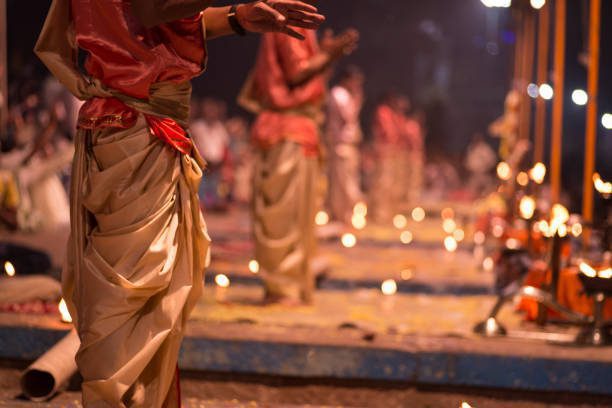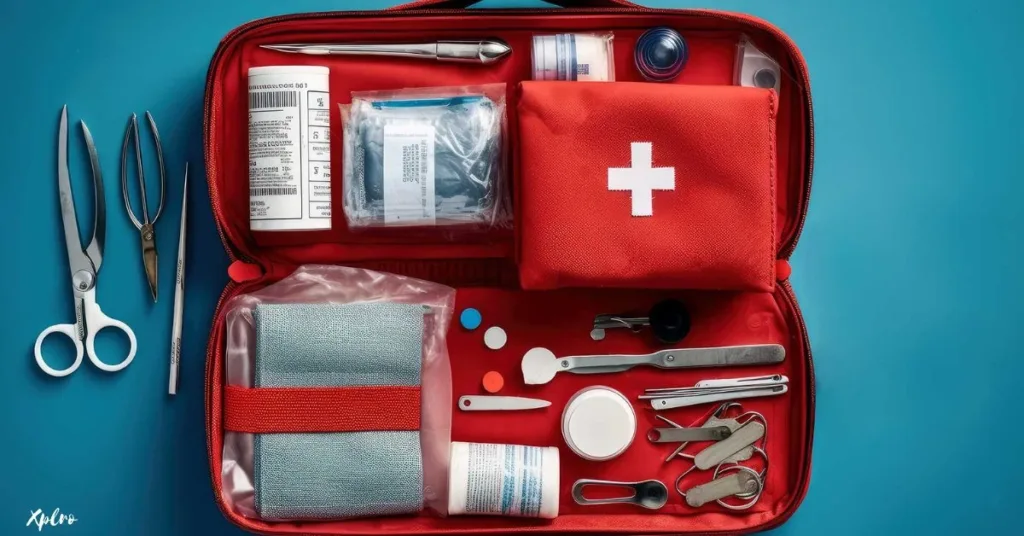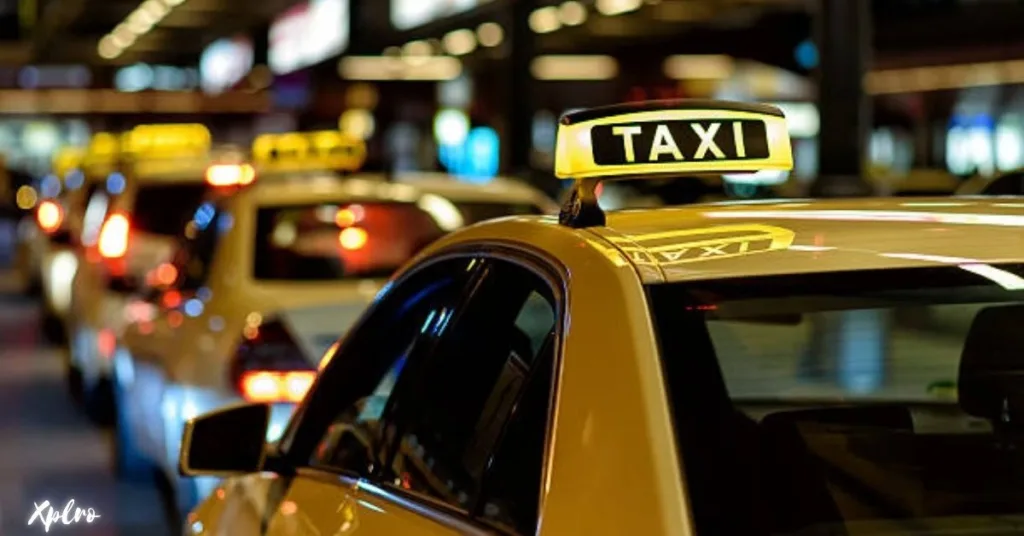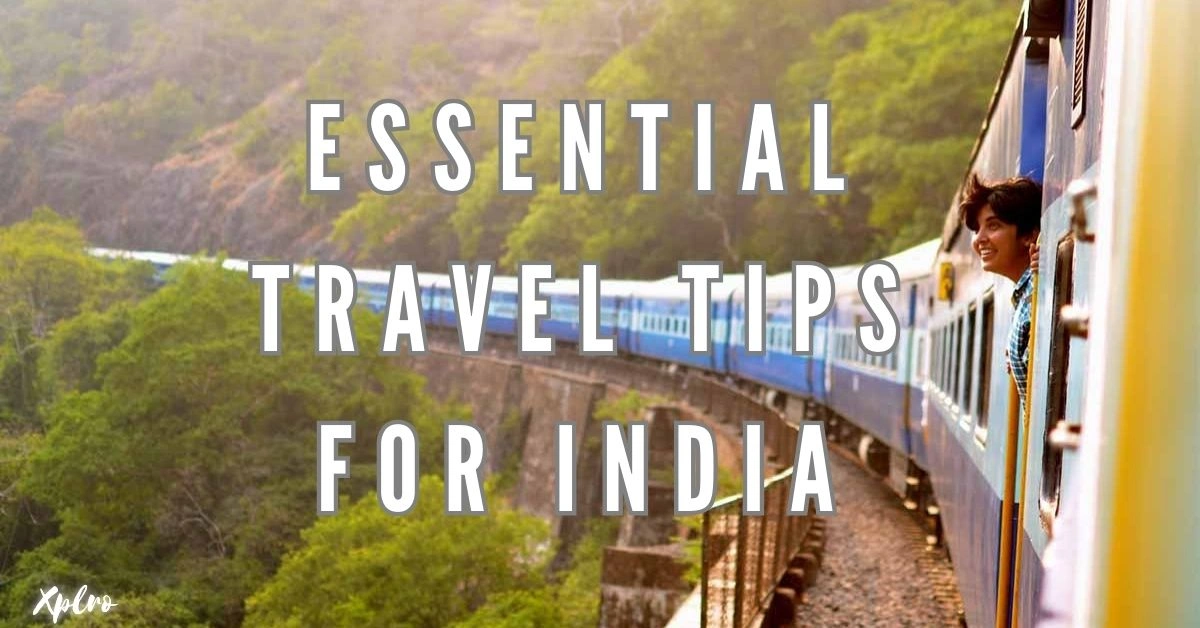Essential Travel Tips for India; India is a country of amazing variety, with different cultures, traditions, and scenery. Whether you’re in a busy city or a peaceful village, it’s important to be ready for your trip. Here are 10 helpful tips to make your journey through India smooth, fun, and memorable.
- 1. Prepare for the Cultural Diversity
- 2. Health Precautions: Stay Safe and Hydrated
- 3. Travel Insurance is a Must
- 4. Pack Appropriately for the Climate
- 5. Learn Basic Phrases in Hindi or Local Languages
- 6. Be Cautious with Transportation
- 7. Respect Religious and Cultural Sensitivities
- 8. Stay Alert and Safe
- 9. Bargaining is a Common Practice
- 10. Embrace the Chaos with Patience
- Bonus Tip: Explore Beyond the Tourist Trail
- FAQs
1. Prepare for the Cultural Diversity

India is a country with many different cultures. Each place has its own language, food, customs, and traditions. From the calm beaches of Goa to the temples of Varanasi and the busy streets of Mumbai, every place will be a different experience.
- Tip: Be polite and respectful of local customs and traditions. Learn about the cultural rules of the places you plan to visit to avoid any mistakes. For example, it’s good to wear modest clothing in religious places.
2. Health Precautions: Stay Safe and Hydrated

India’s weather can be very hot, so it’s important to stay healthy. Water and food safety are important to avoid getting sick.
- Tip: Drink only bottled or filtered water, and don’t use ice in drinks unless you know it’s made from clean water. Carry oral rehydration salts to stay hydrated, especially in the heat. Eat fresh, hot food from good restaurants to avoid stomach problems, and bring necessary medicines like antibiotics in case of emergencies.
3. Travel Insurance is a Must
India is a big, busy country, and accidents or unexpected health problems can happen. Medical care can be different in quality depending on where you are. So, it’s important to have good travel insurance.
- Tip: Choose travel insurance that covers not only medical emergencies but also trip cancellations, lost baggage, and theft. This will help you feel safe and relaxed during your trip.
4. Pack Appropriately for the Climate

India’s weather changes a lot depending on where you are and when you visit. Northern India can be cold in the winter, while southern India stays hot and humid.
- Tip: Pack light, airy clothes for hot and humid places, but don’t forget to bring warm clothes if you’re going north in winter. Always carry a scarf or shawl to cover your head or shoulders when visiting religious places.
5. Learn Basic Phrases in Hindi or Local Languages
Although English is spoken in many places for tourists, knowing a little Hindi or local languages can be very helpful in more rural areas.
- Tip: Learning a few basic phrases like “Namaste” (Hello), “Dhanyavaad” (Thank you), and “Kitna?” (How much?) will help you communicate better and make locals more friendly. It’s also a good way to show respect for the local culture.
6. Be Cautious with Transportation

India’s public transportation can be an experience in itself. From crowded buses to chaotic auto-rickshaws, it’s important to choose safe and reliable ways to get around.
- Tip: Use prepaid or metered taxis whenever you can, especially at airports or train stations. If you use auto-rickshaws, make sure the driver uses the meter or agree on the price before you start your trip. In cities like Delhi and Mumbai, ride-hailing apps like Uber or Ola are good choices.
7. Respect Religious and Cultural Sensitivities
India is home to many different religions, including Hinduism, Islam, Christianity, Sikhism, and Buddhism. Visitors are always welcome in religious places, but it’s important to be respectful of the traditions and practices.
- Tip: Always take off your shoes before entering a temple, mosque, or gurdwara (Sikh temple). In many religious places, like temples and mosques, photography may be limited or not allowed, so always ask before taking pictures. Modest clothing is appreciated, especially in religious settings.
8. Stay Alert and Safe
India is generally safe for tourists, but small crimes like pickpocketing or bag snatching can happen, especially in crowded places. Also, scammers sometimes target tourists with higher prices or fake offers.
- Tip: Keep your belongings safe, especially in busy markets or public transportation. Don’t wear expensive jewelry and don’t show a lot of cash. Be careful of strangers who are too friendly and offer to help, and always book activities like city tours through trusted agencies or your hotel.
9. Bargaining is a Common Practice
Haggling is a common practice in India, especially in local markets. Even though it might seem strange at first, it’s expected and can be fun once you get used to it.
- Tip: Start by offering about half of the price they ask for, then try to negotiate a fair price. Smile and be friendly—negotiation in India is often done with humor and kindness, so it doesn’t have to be stressful.
10. Embrace the Chaos with Patience
India is often described as a place where your senses are overwhelmed, with busy streets, chaotic traffic, and large crowds. The noise, colors, and number of people can sometimes be too much for first-time visitors.
- Tip: Traveling in India requires a lot of patience. Things might not always go as planned—trains might be late, roads can be busy, and the heat can be intense. Take it all in stride and try to enjoy the unexpected. Staying calm and flexible will make your trip much more enjoyable.
Bonus Tip: Explore Beyond the Tourist Trail
India’s famous tourist destinations like the Taj Mahal, Jaipur, and Kerala are amazing, but some of the best experiences can be found in less popular places.
- Tip: Take time to explore less-known regions and small villages. States like Himachal Pradesh, Assam, and Odisha have a lot to offer but are often missed by tourists. These places can give you a more real experience of India’s diverse culture and scenery.
Conclusion- Essential Travel Tips for India
Immerse yourself in the captivating contrasts of India, a land where ancient traditions, diverse religions, and breathtaking landscapes collide. From the bustling streets of Mumbai to the serene beaches of Goa and the majestic Taj Mahal, India offers an unforgettable experience for the prepared traveler. Xplro.com, your one-stop travel guide to incredible destinations, equips you with 10 essential tips to navigate this vibrant nation. Be prepared for anything – pack light for the south’s heat but bring layers for the north’s winter chill. Embrace the adventure of public transport, from iconic auto-rickshaws to reliable ride-hailing apps. Respect the rich tapestry of religions – remove footwear in holy places and dress modestly. Learn a few basic Hindi phrases to connect with locals and delve deeper into the culture. Stay safe by keeping belongings secure and avoiding scams. Embrace the art of haggling in local markets – start with half the price and find a happy medium with a smile. Be patient – things might not always run on time, but that’s part of the charm. Explore beyond the Golden Triangle – hidden gems like Himachal Pradesh and Odisha offer a more authentic Indian experience. Finally, approach your trip with curiosity and respect, and you’re guaranteed a memorable and enriching journey through incredible India. Visit Xplro.com today to start planning your adventure!
FAQs
1. Is India a safe destination for tourists?
- Yes, India is generally safe for tourists, though like any other destination, it’s important to stay cautious. Petty crimes, such as pickpocketing, may occur in crowded areas. Female travelers, especially those traveling solo, should take extra care by avoiding isolated areas after dark and dressing modestly. Stick to well-traveled, busy places, and use ride-sharing apps such as Uber or Ola for reliable transportation.
2. Do I need a visa to visit India?
- Yes, most visitors to India will need a visa. India offers an e-Visa for many nationalities, which can be applied for online for tourism, business, or medical purposes. Make sure to apply for your visa a few days in advance, and verify specific entry requirements based on your nationality before traveling.
3. When is the best time to travel to India?
- The ideal time to visit India depends on the region. However, the cooler months from October to March are generally considered the best for most parts of the country, including popular northern destinations like Delhi, Rajasthan, and Agra. Southern India has more consistent weather year-round but can be hot and humid in the summer months (April to June).
4. What should I wear when traveling in India?
- India is culturally conservative, especially in rural areas, so dressing modestly is important. In cities, casual attire is acceptable, but in religious and traditional areas, covering your shoulders and knees is recommended. Women may want to carry a scarf for visiting temples or mosques where head coverings are required.
5. How do I get around India?
- India has a range of transportation options, including domestic flights, trains, buses, and taxis. For long-distance travel, domestic flights or trains are most convenient. India’s railway network is extensive but can be busy, so it’s a good idea to book tickets well in advance. For city travel, auto-rickshaws, taxis, and ride-hailing services like Uber and Ola are widely available.
6. Can I use my credit card in India?
- Yes, credit and debit cards are commonly accepted in cities, especially in hotels, restaurants, and larger stores. However, cash is still the preferred method of payment in smaller towns, markets, and rural areas. It’s a good idea to carry some Indian Rupees (INR) with you for local purchases, and ATMs are widely available for cash withdrawals.
7. Is it easy to find vegetarian food in India?
- Yes, India is one of the most vegetarian-friendly countries in the world. Many traditional Indian dishes are vegetarian, and most restaurants offer a variety of options. Popular vegetarian dishes include dal (lentils), paneer (cottage cheese), and a wide range of vegetable curries. In South India, dishes like idli and dosa are widely available.
8. What vaccinations should I get before traveling to India?
- Commonly recommended vaccinations for travelers to India include Hepatitis A, Typhoid, and Tetanus. Depending on your activities and the regions you plan to visit, you might also need vaccinations for Hepatitis B, Rabies, Cholera, or Japanese Encephalitis. Consult a healthcare professional about 4-6 weeks before your trip to ensure you are fully protected.
9. Is it safe to drink tap water in India?
- It is not safe to drink tap water in India. Always drink bottled or filtered water, and make sure the seal on bottled water is intact before purchasing. Avoid ice in drinks unless you are certain it was made with purified water. Many hotels and restaurants provide filtered water, but it’s best to ask if you’re unsure.
10. Is English widely spoken in India?
- Yes, English is one of India’s official languages and is commonly spoken in most cities and tourist areas. While rural areas may have fewer English speakers, you’ll generally find people who can understand and speak basic English, especially in hotels, restaurants, and tourist destinations.
11. What currency is used in India, and where can I exchange money?
- The currency in India is the Indian Rupee (INR). You can exchange money at airports, banks, authorized currency exchange counters, and hotels. ATMs are widely available in cities and towns. Avoid street money changers, as the risk of counterfeit currency is high. It’s a good idea to carry smaller denominations of cash for local markets and transportation.
12. Is tipping expected in India?
- Tipping is not mandatory but is appreciated in most service industries. In restaurants, it’s common to leave a tip of 5-10% if a service charge hasn’t already been included in the bill. For hotel staff, tipping INR 50-100 for porters or housekeeping is appropriate. Rounding up fares for taxis or auto-rickshaws is also customary, but tipping in these cases is optional.




